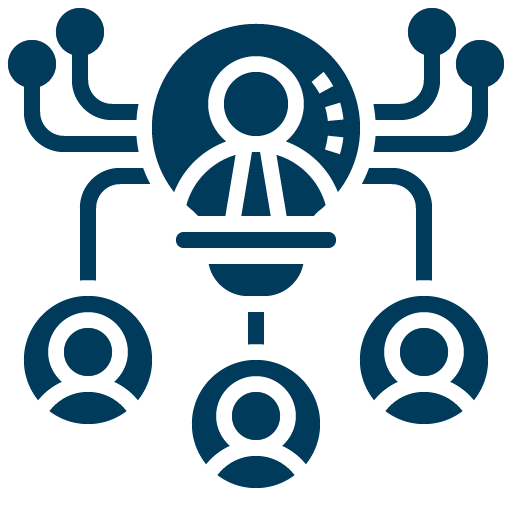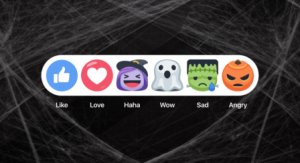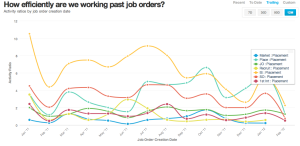— August 16, 2019

A company’s key resources allow it to create and deliver its value proposition. Its key resources also allow you to reach its target market and maintain a quality customer relationship with them so that the business can earn revenue.
Depending upon the value proposition defined in your Business Model Canvas, you will require more of one resource and less of another. For example, a manufacturing company requires physical assets in terms of machines, as well as financial resources. By contrast, a design company requires more intellectual and human resources.
Key resources can be owned or leased by the business, or acquired from key partners.
For a company to produce a product or service, it needs access to physical resources, intellectual resources, human resources, and financial resources.
Physical Resources
Physical resources are often capital-intensive and include things such as:
- Buildings
- Vehicles
- Machines
- Point-of-sales systems
- Distribution networks
Large retailers like Walmart and manufacturing facilities rely heavily on physical resources.
Intellectual Resources
Intellectual resources include things such as:
- Brands
- Patents and copyrights
- Proprietary knowledge
- Partnerships
- Customer databases
Intellectual resources often take time to develop. Some companies like Nike and Sony rely heavily on their brands as a key resource. Some companies, such as chip manufacturer Intel, and software companies like Microsoft rely on patents and copyrights to drive revenues. Other companies like Walt Disney generate a large share of its revenue by licensing its characters to manufactures. Unlike copyrights or patents, proprietary knowledge includes trade secrets which never expire, such as the secret formula for Bush’s baked beans or KFC 11 herbs and spices. Companies like Dodge and Cummins have created partnerships as their key resource. And finally, companies like Facebook have a huge customer database from which their entire business is based upon.
Human Resource
All businesses need some level of human resources to operate, but human resources are particularly prominent and valued in knowledge-intensive and creative industries. A pharmaceutical company relies heavily on its human resources such as its skilled scientists and aggressive sales force.
Financial Resource
Finally, some business models depend heavily on financial resources. For example, cell phone companies that finance the consumer’s phone purchases across a contract period rely heavily on financial resources.
When considering key resources, you must consider which key resources your value proposition requires.
- What key resources do your distribution channels require?
- What key resources do your customer relations require?
- What key resources do your revenue streams require?
When it comes to your key resources, do you have a clear picture of the degree to which your offering relies on each of the four key resource types?
Business & Finance Articles on Business 2 Community
(76)




